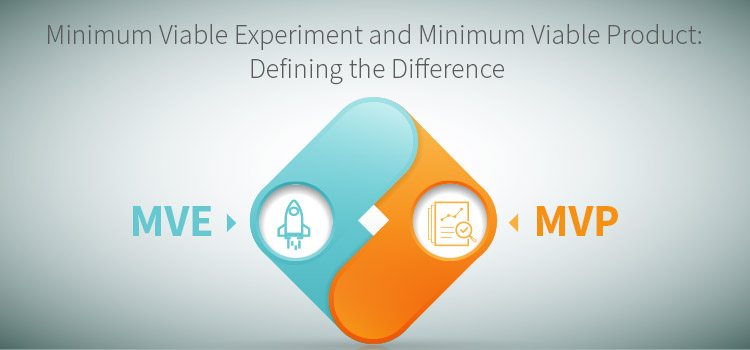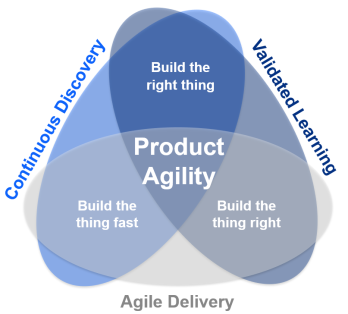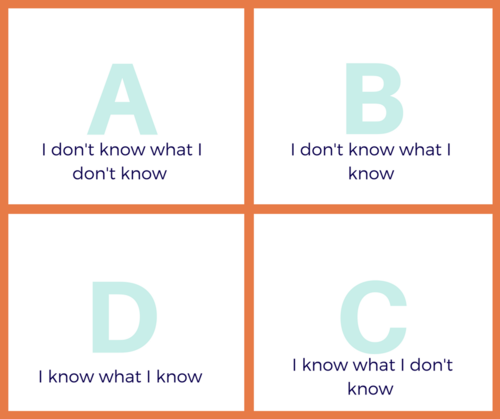
March 16, 2022
In the digital world,
MVE is often a better option than MVP

Is your company learning faster than the competition?
The traditional mantra for a successful launch of a startup is to build a minimum viable product (MVP) and see if there is market fit for it. While there is some merit in this approach, it often takes much longer than expected to execute.
When you are building an MVP, your tendency is to think about the product and what initial features you should include rather than asking this fundamental question: What insights can we gain about what our target market really wants?
The minimum viable experiment (MVE) approach allows you to quickly develop and test specific unmet customer needs and wants. The major benefit of the MVE is you quickly learn what you don’t know or didn’t anticipate your customers’ responses would be to your offer. It also allows you to prioritize progress over perfection.
This approach reverses the roles of the product and the data. Data traditionally captures responses and reactions to individual product features. Now, it is the data about a desired customer experience or solution that dictates the product development process.
Companies taking the MVE approach learn faster and have much higher confidence that the early versions of their product are aligned with unmet customer needs and desires.
Learning at the speed of discovery

Speed to adoption and time to utilization are the new metrics of competitive success. New product lifecycles have shrunk from years to quarters to months to weeks to days to hours. Those companies that have successfully adapted to this new cadence are continually distancing themselves from their competition.
Jeff Bezos has built Amazon around learning on a massive scale via experimentation. As he said, “if you double the number of experiments you do per year, you are going to double your inventiveness.”
When Satya Nadella took over as CEO of Microsoft in 2014, he declared that the new game was to be a “learn-it-all company rather than a know-it-all one.” A learn-it-all company makes the decision every day will be a new day, with learning, exploring, and experimenting the norm.”
How quickly can you learn what you don’t know?

Learning faster than the competition is one of the only sustainable competitive advantages. This requires that companies from top to bottom embrace and endorse the value of learning at the speed of discovery.
There is no playbook you can study that provides the right answers to all the unknowable outcomes of the current age of digital disruption. As such, being able to create a culture and discipline of learning, discovery, and experimentation is the new competitive imperative for success.
Here are some steps & questions to get you started:
Step 1: Validating your compelling value proposition assumptions
- What unmet customer need are you trying to meet?
- What must your offer deliver to meet that need?
- What is the fastest and easiest way to test your assumptions?
Step 2: Understanding your risk assumptions
- What are the major risks of failure?
- What are the minimum costs to see if we can avoid or overcome these risks?
- What are the risks of not experimenting and learning?
Step 3: Implementing your MVE approach
- What minimal experiments can we conduct to learn what we need to know?
- What does an MVE to MVP roadmap look like?
- What does success look like?
MVEs can be used to create a common understanding and agreement as to what is really important to the customer. Getting real time customer responses and reactions to an MVE helps clarify what to keep and what to discard as you assemble your MVP.

As always, I am interested in your comments, feedback and perspectives on the ideas put forth in this blog. Please e-mail them to me on linkedin. And, if this content could be useful to someone you know please share it here:



